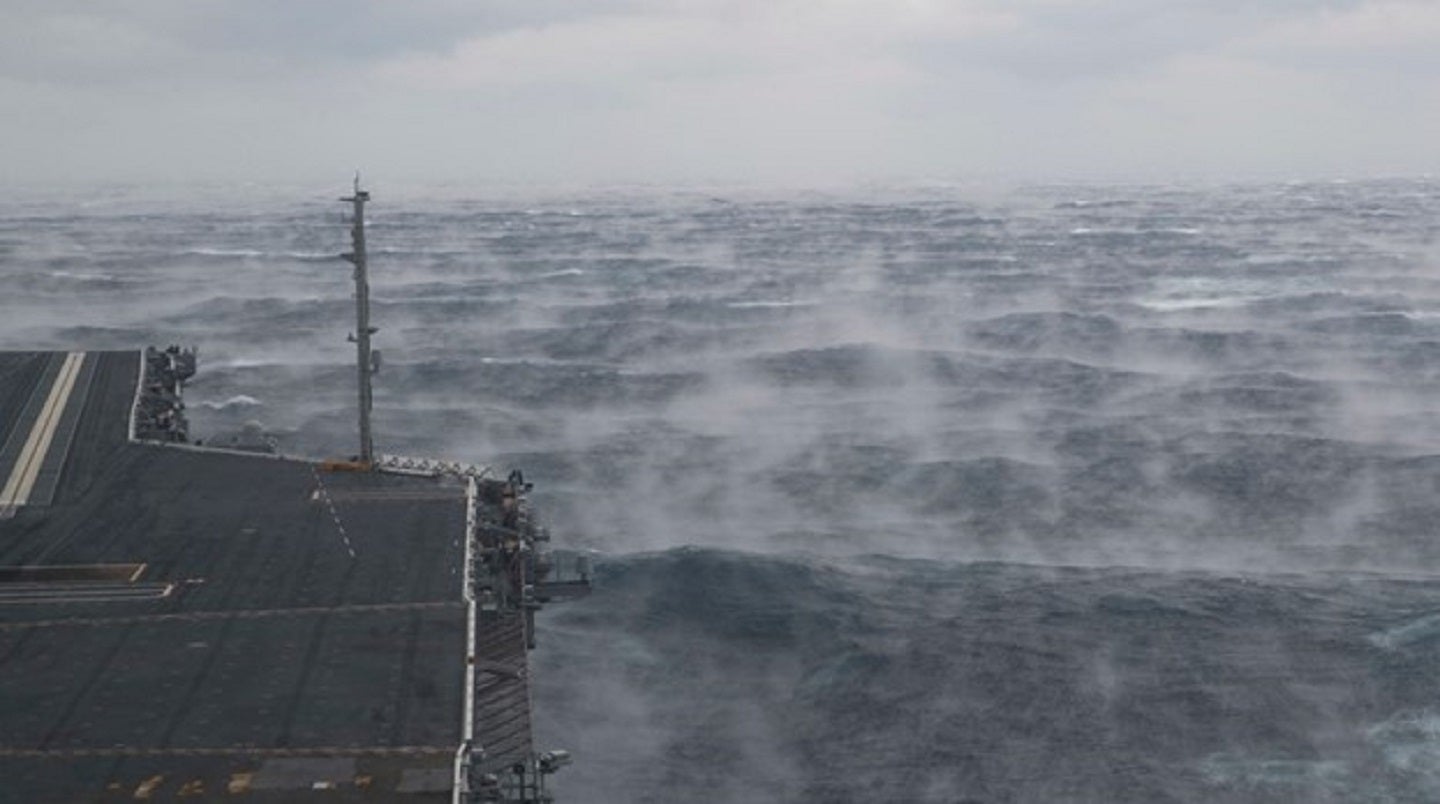
With the goal of overcoming the effects of drag at sea, the US Defense Advanced Research Projects Agency (DARPA) has announced its Drag Reducing Architected Geometries (DRAG) programme on 8 September 2023.
The programme seeks to create optimised shapes and surface characteristics for ship and UUV hulls to reduce drag in transitional and fully turbulent flow conditions.
This would enable increased speed and endurance, while reducing fuel use and emissions. The effort will focus on novel solutions that reduce drag on flat, curved, and complex surfaces.
The US Department of Defense (DoD) limited the total award value for Phase 1 (feasibility study) and Phase 2 (proof of concept) to $1m according to its solicitation on SAM.gov.
“Previous research has enabled ship drag reduction in laminar flow conditions but not in transition and fully turbulent flow,” said Dr. Susan Swithenbank, programme manager in DARPA’s Defense Sciences Office.
“With the availability of new modeling tools and the ability to optimise highly complex shapes, we’re now seeking novel approaches to achieve a breakthrough in more challenging turbulent flow conditions, where the drag coefficient is much higher. For naval vehicles you either need more power or less drag to go farther.
How well do you really know your competitors?
Access the most comprehensive Company Profiles on the market, powered by GlobalData. Save hours of research. Gain competitive edge.

Thank you!
Your download email will arrive shortly
Not ready to buy yet? Download a free sample
We are confident about the unique quality of our Company Profiles. However, we want you to make the most beneficial decision for your business, so we offer a free sample that you can download by submitting the below form
By GlobalData“The problem with adding power is that it means you need more batteries, fuel, or a bigger engine, which increases the size of your ship or UUV, adding more drag. We aim to lower the drag coefficient to allow increased speed without increasing power or to go the same speed using less power.”
How will contractors review demonstrate their structural changes?
The programme will explore various material structures, shapes, and coatings to decrease friction where water contacts the hull.
DRAG is not focused on biofouling mitigation, development of new hull materials, manufacturing scale-up, or methods that require active air and/or polymer injection.
The solicitation adds that “performers will develop a surface optimisation modeling and simulation design tool to enable tailoring of architected surface solutions for reducing drag.”
As part of the agency’s modernisation, the DoD has embraced new ways of doing things, including but not limited to digital twin technologies, which could provide a useful and cost-effective solution to the DRAG programme.
Digital twin technology replicates physical systems and has emerged as a useful tool for decision-making, optimisation and simulations across the federal government.
This risk-free method is a growing technique for defence companies trying to meet the new consumer demands that the war in Ukraine and the US-China rivalry have introduced.







